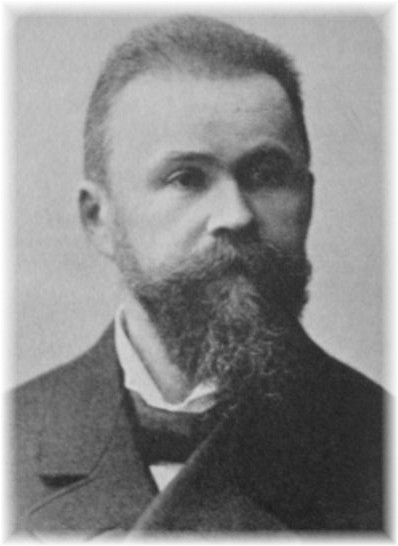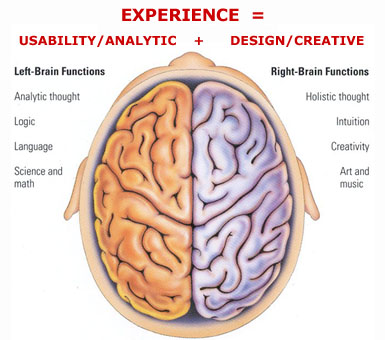Teenagers think that adults do not understand their actions and thoughts. Parents do not comprehend that teenagers are going through a series of changes that makes their personality change or differ form that they had when being children. Once you are a teenager some parents forget that you are still developing. This is why there is a constant battle between parents and adolescents.
The transition to puberty is analogous to the transition to childhood. The teenage brain changes and thickens through adolescence still. The Frontal Lobe keeps developing, as well. That is why cells and connections used in the brain will flourish, while that those that are not used die. Unchallenged brain parts do not develop, making an individual loose those certain undeveloped abilities. The Prefrontal Cortex is in charge of planning behavior, solving problems, and controlling emotions. In teenagers this part of the brain is not fully developed. The skills in the frontal lobe are still developing. Furthermore, the cerebellum also continues to develop itself during the teen years. It is involved in both the intellectual and thinking processes of teens.
Unluckily, the most important decisions in life are taken during the teenage years. Adolescents are still not equipped to make these big decisions. Teenagers always engage themselves in risky behaviors (drugs and alcohol), not taking the responsible decisions they should.
Another thing is that the academic abilities are also developed throughout the teenage years. This is why teenagers should have proper sleeping hours. They should get from 9 hours of sleep. If they do not get enough sleep, then their abilities to learn, react and function diminish.

To conclude, I think that parents should be more comprehensive with their teens. Instead of fighting them, parents should be closer to their sons and daughters. They should be always there for them with no exception. Teenage years are filled with change and random emotions. Sometimes teens want someone to lean on that supports them in all of their actions and decisions. Another thing is that schools and teachers should understand that sleeping hours for developing teens are extremely vital. If teens do not get enough sleep because of homework excess, then there would be crucial effects on their brain development.













